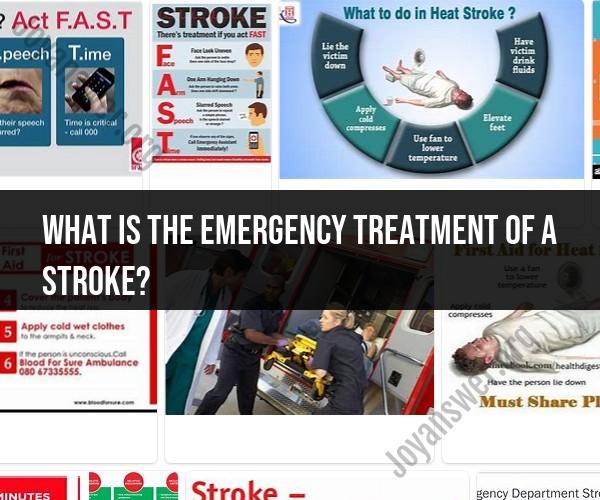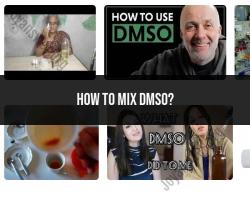What is the emergency treatment of a stroke?
Emergency treatment of a stroke is crucial and should be initiated as quickly as possible to minimize brain damage and improve the chances of recovery. The specific treatment depends on whether the stroke is ischemic (caused by a blood clot blocking an artery) or hemorrhagic (caused by bleeding in the brain). Here are the immediate actions for both types of stroke:
1. For Ischemic Stroke (Clot in the Brain):
Call 911: Immediately call emergency services to get medical help. Time is critical in treating strokes.
Note the Time: Try to note the time when the symptoms first appeared, as this information is vital for determining treatment options.
Keep Calm: Stay as calm as possible and reassure the person experiencing the stroke.
DO NOT give any medications, food, or drinks orally.
Positioning: Help the person lie down on their back with their head slightly elevated. This can improve blood flow to the brain.
Loosen Tight Clothing: Loosen any tight clothing, such as a collar or belt, to ensure that breathing is not restricted.
Monitor Vital Signs: Check the person's breathing and pulse regularly while waiting for medical help.
2. For Hemorrhagic Stroke (Bleeding in the Brain):
Call 911: Immediately call emergency services to get medical help. Hemorrhagic strokes can be life-threatening.
Note the Time: Try to note the time when the symptoms first appeared.
Keep Calm: Stay calm and reassure the person.
DO NOT give any medications, food, or drinks orally.
Positioning: Help the person lie down on their back with their head slightly elevated. Do not raise the head too high, as this can increase intracranial pressure.
Loosen Tight Clothing: Loosen tight clothing and monitor the person's breathing and pulse while waiting for medical help.
In both cases, it's essential to call for professional medical assistance immediately. Do not attempt to self-diagnose or self-treat a stroke. Early intervention can make a significant difference in the outcome of a stroke.
If you suspect someone is having a stroke, remember the acronym "FAST" to help identify common stroke symptoms:
- F: Face Drooping: Ask the person to smile. Does one side of their face droop?
- A: Arm Weakness: Ask the person to raise both arms. Does one arm drift downward?
- S: Speech Difficulty: Ask the person to repeat a simple phrase. Is their speech slurred or strange?
- T: Time to Call 911: If you observe any of these signs, call 911 immediately.
Prompt medical treatment, such as administering clot-busting medication for ischemic strokes or surgical interventions for hemorrhagic strokes, can improve the chances of recovery and reduce the risk of long-term disability.












